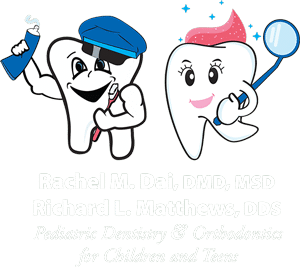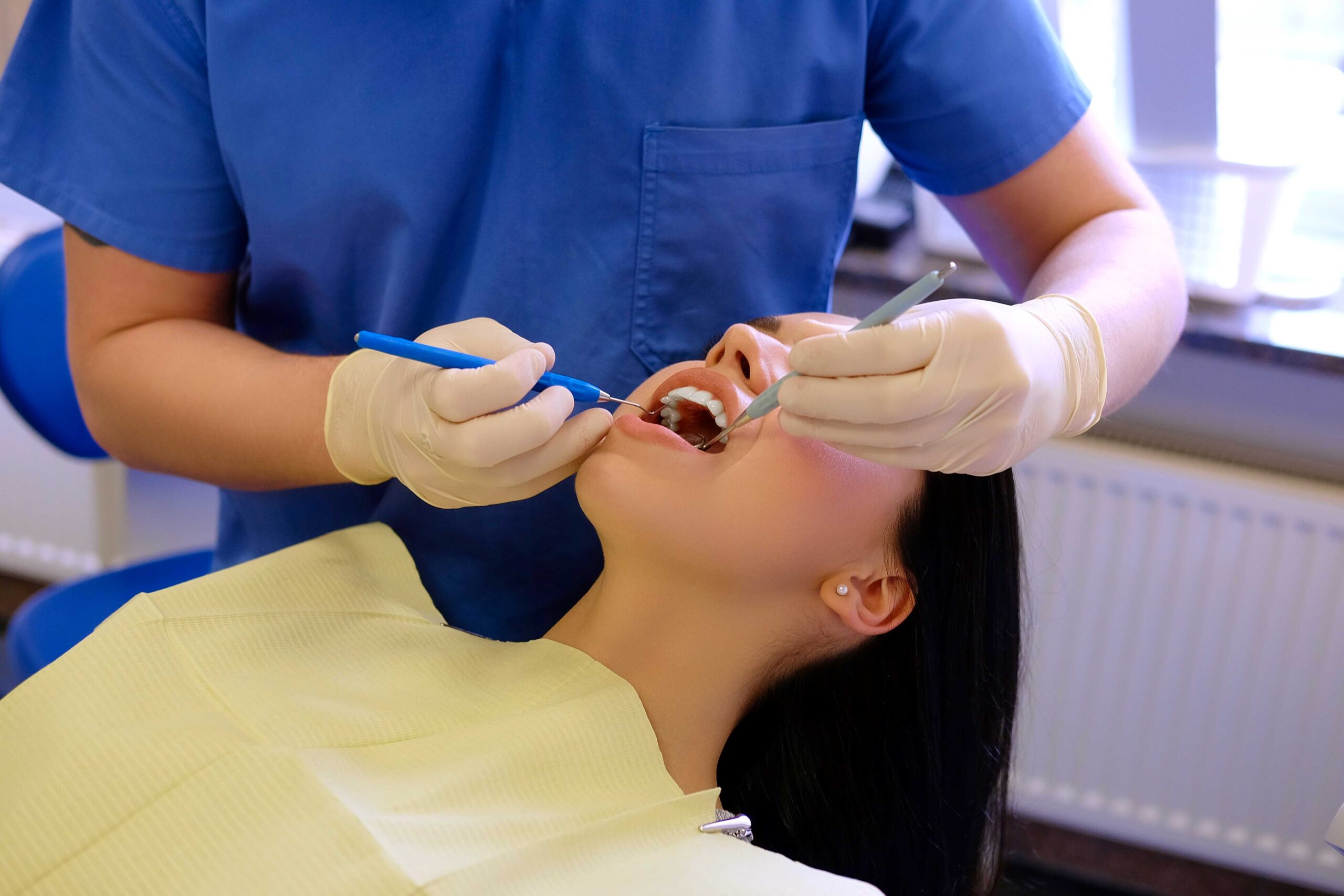Some Known Factual Statements About Legacy Orthodontics
Wiki Article
Getting My Legacy Orthodontics To Work
Table of ContentsNot known Factual Statements About Legacy Orthodontics About Legacy OrthodonticsThings about Legacy OrthodonticsSome Known Factual Statements About Legacy Orthodontics The Facts About Legacy Orthodontics Uncovered
At Advanced Orthodontics, we give patients with a alternative treatment experience. Additionally, we provide flexible therapy routines, flexible settlement choices and a fun, pleasurable experience. orthodontist. Call ( 480) 357-4900 today for more details and timetable an appointment.An orthodontist is a dental expert trained to diagnose, prevent, and treat teeth and jaw abnormalities. They correct existing conditions and are educated to identify troubles that may create in the future. Orthodontists deal with individuals of every ages, from children to grownups. Individuals commonly associate an excellent smile with great health.
Malocclusion, or misaligned teeth, can result in dental concerns, including dental cavity, gum disease, and hard or uncomfortable chewing. Not everyone is birthed with straight teeth. If you have a bad bite or huge areas in between your teeth, you might want to seek advice from a dentist concentrating on orthodontic care.
The smart Trick of Legacy Orthodontics That Nobody is Talking About
( Image Credit Report: DigitalVision/Getty Images) Orthodontists make use of taken care of and removable oral gadgets, like dental braces, retainers, and bands, to alter the setting of teeth in your mouth. Orthodontic therapy is for oral irregularities, including: Crooked teethBite problems, like an overbite or an underbiteCrowded teeth or teeth that are too much apartJaw misalignmentThe goal of orthodontic treatment is to boost your bite.A healthy and balanced bite guarantees you can consume, eat, and talk correctly. While you might think about orthodontists as mostly for youngsters or teens who need braces, they can remedy dental issues at any type of age. Orthodontists participate in university, dental institution, and orthodontic college. After graduation, they invest 2 or 3 years in an orthodontic residency program.
All orthodontists are dental practitioners, but not all dental practitioners are orthodontists. Orthodontic residency programs use intensive, concentrated instruction for dental professionals. They focus on 2 locations: Just how to appropriately and securely relocate teeth Just how to properly direct growth in the teeth, jaw, and faceOnce an orthodontist has actually finished training, they have the alternative to end up being board certified.
Everything about Legacy Orthodontics
Imbalance, or malocclusion, is the most typical reason people see an orthodontist. It is hereditary and is the result of dimension distinctions between the top and reduced jaw or in between the jaw and teeth. Malocclusion brings about tooth overcrowding, a twisted jaw, or uneven bite patterns. Malocclusion is usually treated with: Your orthodontist affixes metal, ceramic, or plastic square bonds to your teeth.If you have only minor malocclusion, you might have the ability to utilize clear dental braces, called aligners, as opposed to standard braces (https://www.easel.ly/browserEasel/14512767). Some people require a headgear to help relocate teeth into line with pressure from outside the mouth. After braces or aligners, you'll require to put on a retainer. A retainer is a customized tool that maintains your teeth in location.
They're most often made use of on kids. They can produce extra area in the mouth without having to draw teeth. hop over to here If you have a serious underbite or overbite, you might need orthognathic surgery (likewise called orthodontic surgical procedure) to lengthen or shorten your jaw. Orthodontists use cords, surgical screws, or plates to support your jaw bone.
You may need to see an orthodontist if you have: Crowding or otherwise enough space for all of your teethOverbite, when your top teeth come your base teethUnderbite, when your bottom teeth are as well far forwardSpacing or problems with gapsCrossbite, which is when your upper teeth fit behind your bottom teeth when your mouth is closedOpen bite or an upright space between your front base and top teethMisplaced midline, when the facility of your bottom and upper teeth don't align Dealing with a dental malocclusion can: Make biting, eating, and speaking easierImprove the balance of our face and your general appearanceEase discomfort from temporomandibular joint problemsSeparate your teeth and make them less complicated to clean up, assisting protect against dental caries or dental caries It's often a dentist who first notifications misaligned teeth throughout a routine test.
The Buzz on Legacy Orthodontics

Throughout your very first orthodontic examination, you'll likely have: An oral examPhotos taken of your face and smileDental X-raysPanoramic (360 level) X-rays of your face and headImpressions to develop mold and mildews of your teethThese examinations will certainly assist your orthodontist know how to wage your treatment. leesburg orthodontics. An orthodontist is a dentist that's had training to treat your teeth and jaw
An orthodontist is concentrated on your bite, so something like a broken tooth would certainly be taken care of by a dental practitioner. Orthodontists are focused on your bite, or the means your teeth fit with each other, and the straightness of your teeth. Ever before questioned just how celebs always seem to have completely straightened teeth? The response typically hinges on the competent hands of an orthodontist. Yet exactly what does an orthodontist do? Orthodontists are dental experts that concentrate on remedying irregularities in the teeth and jaws. Their knowledge goes past just developing a beautiful smile; it prolongs to boosting your total dental health and feature.
3 Easy Facts About Legacy Orthodontics Shown

While braces are one of the most typically identified orthodontic treatment, orthodontists have a diverse toolkit at their disposal. The particular strategy chosen relies on the intensity of the case, the patient's age, and specific preferences. These tried-and-true dental braces make use of a system of brackets bound to the teeth and connected by wires.
These removable trays are personalized to considerably shift the teeth's placement. In instances of slim jaws, palatal expanders can be made use of to create space for correct tooth positioning.
Report this wiki page